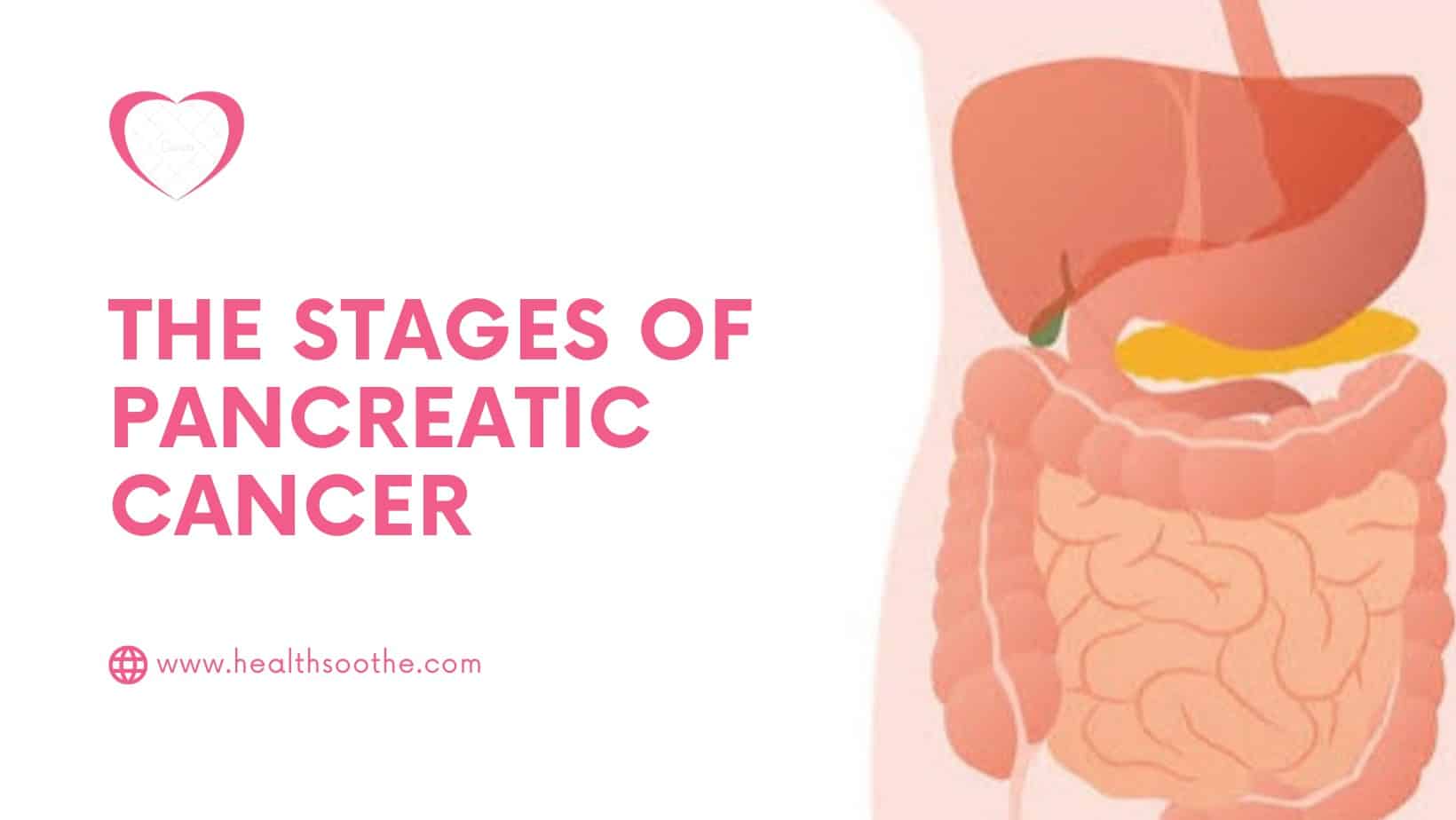Pancreatic cancer is a formidable and often challenging disease to diagnose and treat. Understanding the signs, symptoms, causes, and risk factors associated with pancreatic cancer is crucial, especially if you have a family history of cancer. In this comprehensive article, we will delve into the intricacies of pancreatic cancer, shedding light on its signs, causes, how it affects the body, and the susceptibility factors. We will also explore the role of family health insurance plans in managing cancer-related health concerns.
Pancreatic Cancer Overview
What Is Pancreatic Cancer?
Pancreatic cancer is a malignancy that originates in the pancreas, an essential organ located behind the stomach. The pancreas plays a crucial role in digestion and hormone regulation, producing enzymes for food digestion and insulin for blood sugar control.
Types of Pancreatic Cancer
The majority of pancreatic cancers are exocrine tumors, which start in the cells that produce digestive enzymes. Less common are endocrine tumors that originate in the hormone-producing cells of the pancreas. The most prevalent type of exocrine pancreatic cancer is pancreatic ductal adenocarcinoma.
Signs and Symptoms
Signs and Symptoms of Pancreatic Cancer
Pancreatic cancer is often called a “silent” disease because it tends to be asymptomatic in its early stages. Symptoms typically appear when the cancer has advanced. Common signs and symptoms include:
– Jaundice: Yellowing of the skin and eyes due to the buildup of bilirubin caused by a blocked bile duct.
– Abdominal Pain: Dull, aching pain in the upper abdomen or back, often radiating to the abdomen.
– Unexplained Weight Loss: Significant, unexplained weight loss, even with normal eating habits.
– Loss of Appetite: A reduced desire to eat, which contributes to weight loss.
– Digestive Problems: Nausea, vomiting, diarrhea, or changes in bowel habits.
– New-Onset Diabetes: Development of diabetes without a clear cause, especially in older adults.
– Fatigue: Persistent tiredness or weakness that doesn’t improve with rest.
Causes and Mechanisms
Causes of Pancreatic Cancer
The exact cause of pancreatic cancer is not fully understood, but several risk factors have been identified:
– Tobacco Use: Smoking is a significant risk factor, as it exposes the pancreas to harmful chemicals.
– Family History: A family history of pancreatic cancer, as well as certain genetic mutations, can increase susceptibility.
– Age: The risk of pancreatic cancer increases with age, with the majority of cases occurring in people over 65.
– Chronic Pancreatitis: Inflammation of the pancreas over an extended period can raise the risk of cancer.
– Diabetes: Long-term diabetes may be associated with an increased risk of pancreatic cancer.
– Obesity: Obesity is linked to a higher risk of pancreatic cancer.
– Diet: A diet high in red and processed meats, as well as low in fruits and vegetables, may contribute to the risk.
– Alcohol Consumption: Heavy alcohol use may increase the risk of pancreatic cancer.
How Pancreatic Cancer Affects the Body
Pancreatic cancer typically develops in the exocrine cells of the pancreas, forming tumors that can spread to nearby tissues and organs. As the cancer progresses, it can affect the body in several ways:
– Bile Duct Blockage: Tumors can block the bile duct, causing jaundice, dark urine, and pale stools.
– Pancreatic Duct Blockage: Obstruction of the pancreatic duct can lead to digestive problems and malabsorption of nutrients.
– Blood Vessel Invasion: Advanced pancreatic cancer can invade blood vessels, increasing the risk of metastasis to distant organs.
– Metastasis: Pancreatic cancer can spread to the liver, lungs, abdominal lining, and other organs, making treatment more challenging.
Susceptibility Factors
Genetic Factors
Certain genetic mutations are associated with an increased risk of pancreatic cancer. These mutations can be hereditary or occur spontaneously. Some notable genetic factors include:
– BRCA1 and BRCA2 Mutations: These genes, known for their association with breast and ovarian cancer, also elevate the risk of pancreatic cancer.
– PALB2 Mutation: A mutation in the PALB2 gene is linked to an increased risk of both breast and pancreatic cancer.
– p16 and p53 Mutations: Mutations in these genes can contribute to the development of pancreatic cancer.
– Lynch Syndrome: This hereditary condition increases the risk of various cancers, including pancreatic cancer.
Family History
Having a family history of pancreatic cancer can elevate your risk, especially if multiple family members have been affected. If you have a family history of pancreatic cancer, genetic counseling and testing may be recommended to assess your risk and consider preventive measures.
The Role of Family Health Insurance Plans
Early Detection
Family health insurance plans often cover routine screenings and diagnostic tests that can aid in the early detection of cancer. Regular check-ups and cancer screenings can significantly improve the chances of detecting pancreatic cancer at an earlier, more treatable stage.
Access to Specialized Care
Pancreatic cancer often requires specialized care from oncologists, gastroenterologists, and surgeons. Family health insurance plans typically provide access to a network of specialists, ensuring that you receive the best possible care and treatment options.
Coverage for Treatment
Cancer treatment can be costly, including surgery, chemotherapy, radiation therapy, and medications. Family health insurance plans help alleviate the financial burden by covering significant portions of the expenses, allowing you to focus on your health and recovery.
Peace of Mind
Dealing with cancer can be emotionally and financially challenging. Family health insurance plans offer peace of mind, ensuring that you have the necessary financial resources to address medical bills, prescription costs, and other healthcare-related expenses during cancer treatment.
Conclusion
Pancreatic cancer is a formidable disease with often subtle symptoms, making early detection and prevention challenging. Understanding the causes, symptoms, mechanisms, susceptibility factors, and the role of family health insurance plans in managing pancreatic cancer is essential. By staying informed, maintaining regular check-ups, and having comprehensive health insurance coverage, you can proactively address the risk factors associated with pancreatic cancer and ensure better healthcare access and financial security for you and your family.







